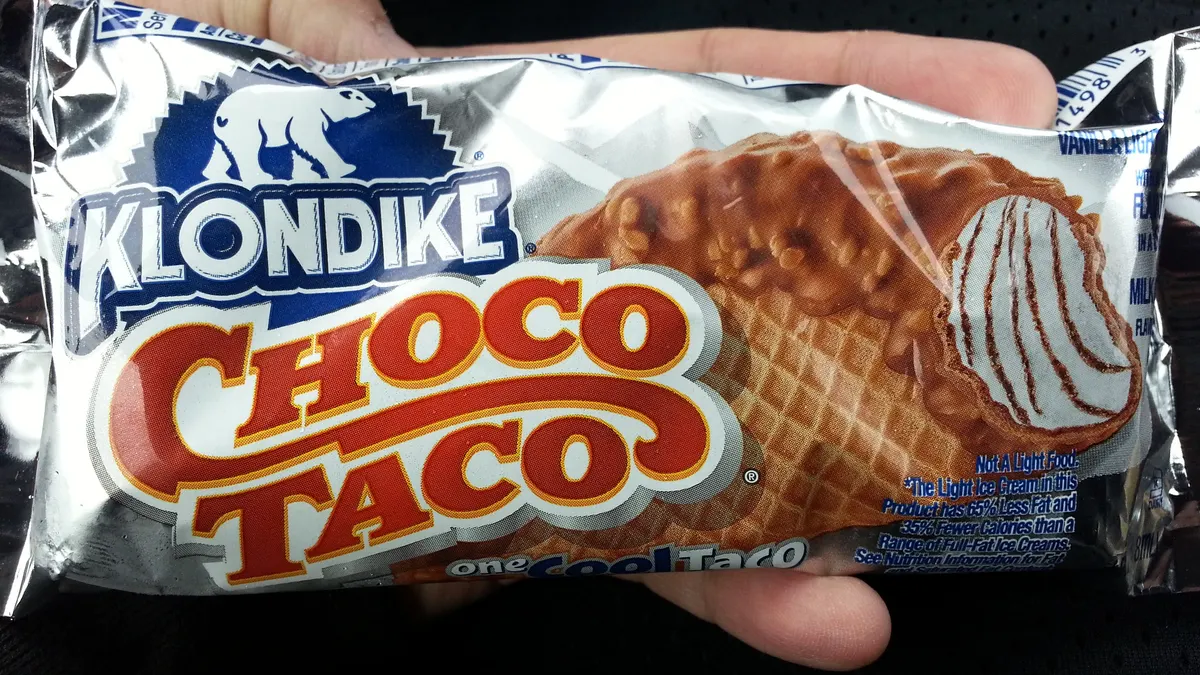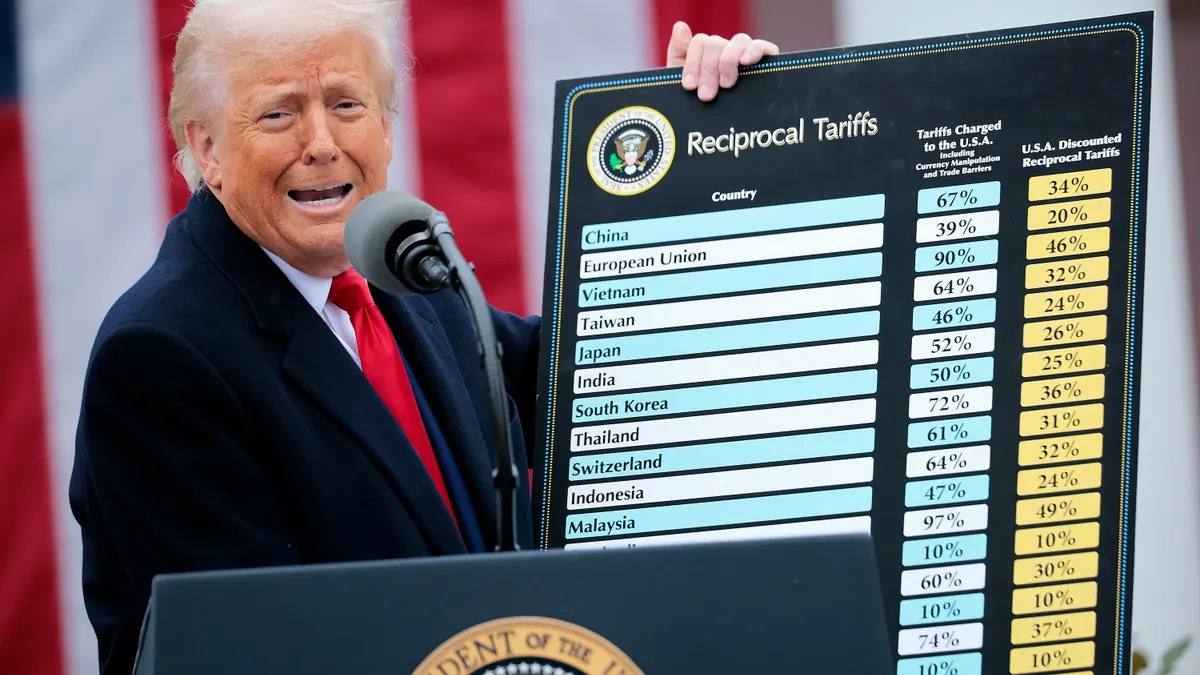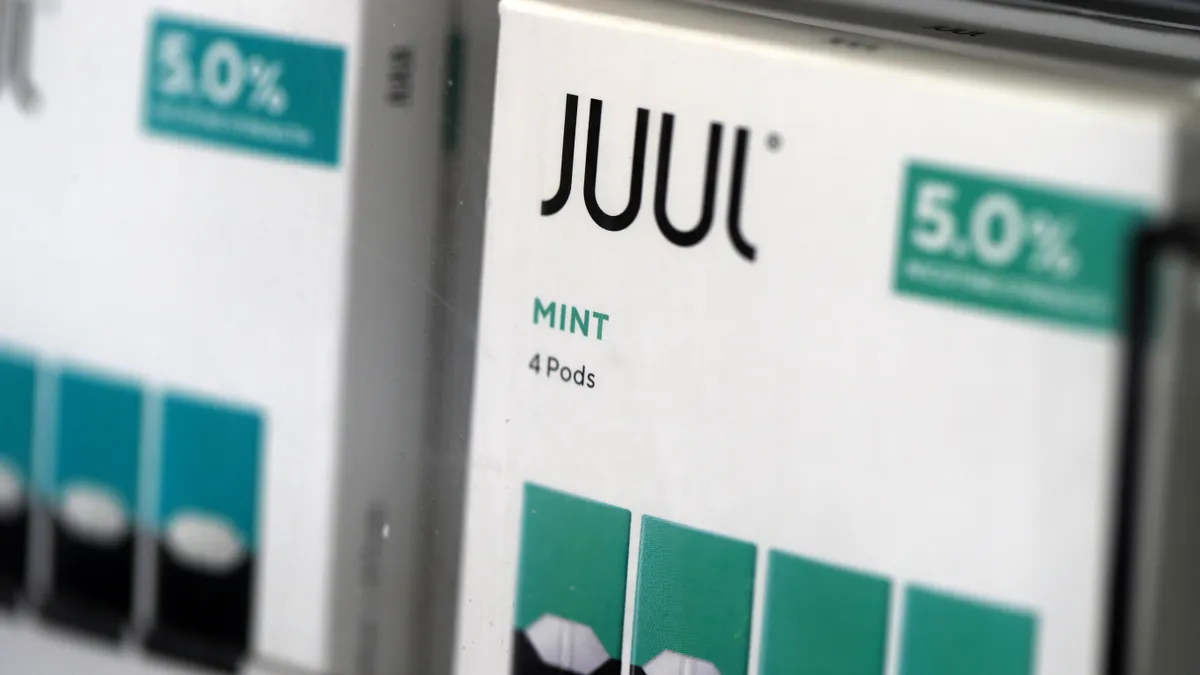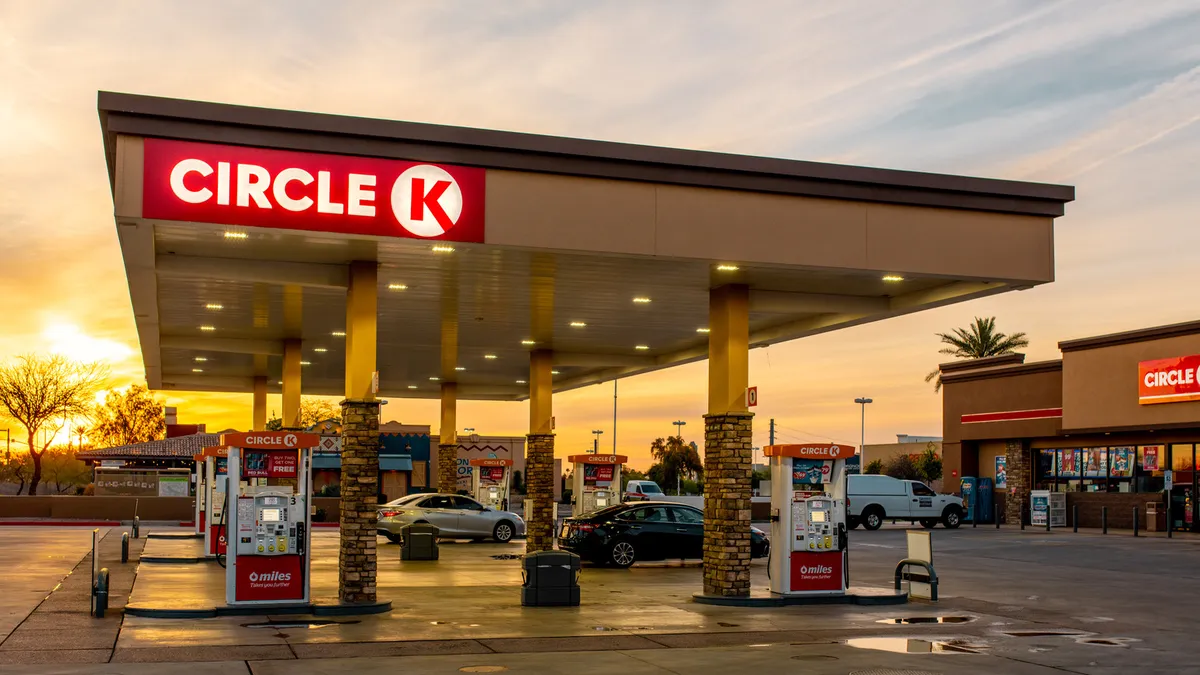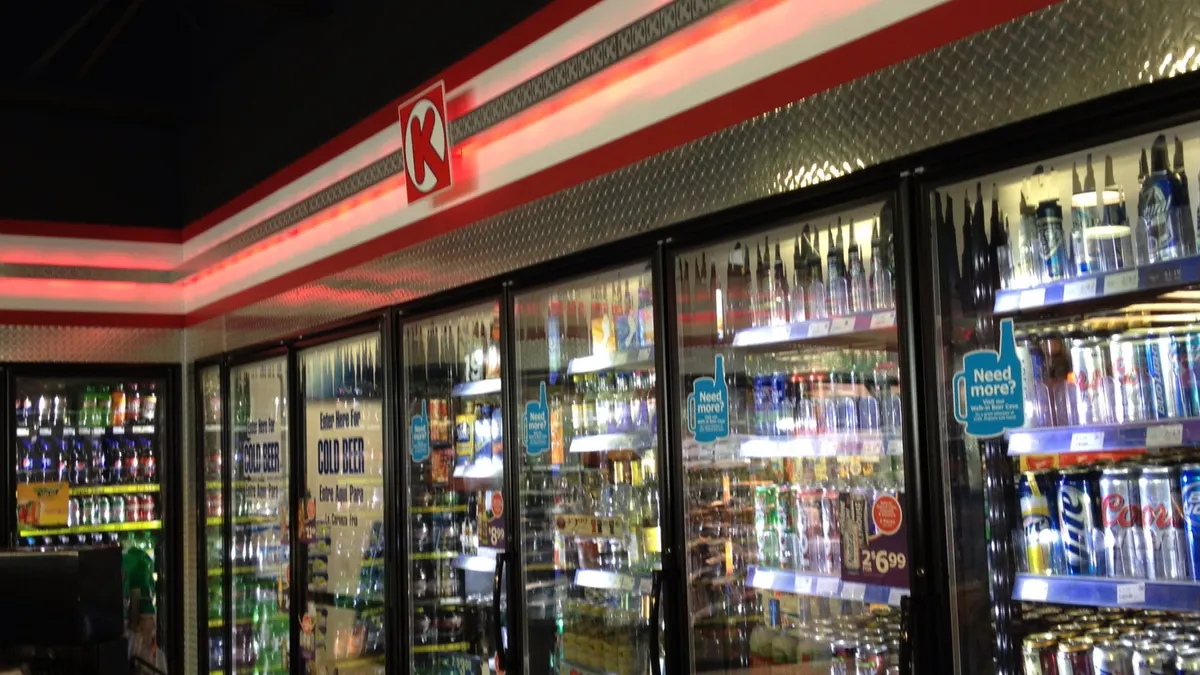Keren Novack is president of Curion. Opinions are the author's own.
Think back to a nostalgic product, a favorite cereal or snack that either feels “different” today or is simply no longer available. Take Fruit Stripe gum, for example. After 54 years, this colorful gum product was discontinued due to changing consumer preferences and purchasing patterns.
Or how about Kirkland’s Signature Chocolate Chips, which Costco discontinued due to rising cocoa costs? And the iconic Choco Taco? Klondike dropped it amid increased demand for other products.
These beloved products that consumers have trusted for generations are now facing a crisis. Some are now being passed over by consumers, others deteriorating in quality due to rising costs and ingredient changes, while others now contain ingredients under scrutiny from the government.
To remain relevant, today’s brands must stay attuned to evolving consumer expectations, protect product quality amid rising costs, and proactively navigate an increasingly complex regulatory landscape.
The triple threat facing legacy brands
A combination of shifting consumer preferences and rising inflation is now being further amplified by the "Make America Healthy Again" initiative intensifying regulatory pressure from government agencies.
These trends aren’t surprising when viewed more closely:
Shifting Consumer Behavior
The shifting of consumer behavior has been ongoing for years, but now we’re seeing a bigger split in what people want. Some consumers are going for healthier, often pricier options, while others are focused on getting the best value for their money, leaving less room for traditional, “middle-class” brands.
For example, traditional boxed mac and cheese reported losing market share in both directions. Driving that are premium brands like Goodles whose sales have doubled, and private label alternatives priced at less than half the cost whose sales are up 6%.
We are now seeing many struggling middle-market brands attempt either premiumization with 'artisanal' offerings or value engineering through cost-cutting measures, though many fail to establish authentic credibility in either direction without truly understanding what consumers value. When equipped with the right insights, brands can reclaim and reinvigorate these middle-market favorites, improving their quality and aligning with modern consumer needs.
Rising Costs and Inflation
At the same time, brands are grappling with higher ingredient and production costs. To manage margins, some are quietly replacing premium ingredients with lower-cost alternatives. Over time, these small changes chip away at consumer trust, creating a “slicing the salami” effect where each compromise adds up, leaving almost no salami in the slice.
Brands must be cautious not to let rising costs compromise their product promise. The product itself is the delivery of that promise – alter it too much, and the brand loses its credibility. Incremental product changes create a noticeable drift away from what consumers originally loved. These small compromises accumulate, disappointing loyal customers and accelerating brand decline as they seek alternatives that match their remembered experience.
Ingredient scrutiny and regulatory pressures
Most recently adding to this, the government is paying much closer attention to what's in our food, especially with the MAHA initiative, led by Health and Human Services Secretary Robert F. Kennedy Jr.
This initiative aims to tackle the national health crisis by prioritizing preventative care and examining food production and nutrition. The FDA and other regulatory bodies are intensifying scrutiny on ingredients that have been in trusted products for years, for example calling on the industry to replace artificial dyes by the end of 2026.
We are seeing an increased consumer knowledge and awareness of what ingredients are in their products, and, if you add in the discussions surrounding initiatives like MAHA, brands are now taking proactive steps in setting aside funding for research and getting their leadership team on board with redevelopment.
West Virginia recently enacted the nation's first broad ban on synthetic food dyes, implementing the strictest food additive law in the U.S. California had already banned Red Dye among other ingredients, and according to the Environmental Working Group, 23 additional states are seeking similar bans on dyes and additives, signaling a bipartisan push toward a safer food system.
Brands need to act before it's too late
Navigating shifting consumer expectations, inflationary pressures, and mounting regulatory requirements is no small feat. Reformulating products to comply with new standards or evolving consumer preferences is often costly and can compromise the very elements that made a product successful such as taste, texture, or functionality.
The risk? Reformulations that miss the mark can damage consumer trust, erode brand equity, and create a ripple effect across production, marketing, and supply chains.
At the same time, the cost of inaction is high. Brands that delay change could find themselves scrambling to catch up, or worse, phased out by more agile competitors. Some companies are taking a “wait and see” approach, holding off on major changes until regulatory guidelines are more clearly defined. But that approach can be risky in a climate of heightened transparency and rapidly shifting consumer sentiment.
Consumers are becoming more informed, more vocal, and more demanding. They expect higher-quality products with greater transparency and cleaner labels. Many are scrutinizing ingredient lists, actively seeking healthier alternatives, and holding brands accountable.
For CPG brands, restaurants and food service products, the path forward lies in re-committing to their product by prioritizing better ingredients, improved formulations, and consumer-led renovation and innovation.
Ultimately, this moment presents both a challenge and an opportunity. Brands that proactively address these pressures with thought, transparency, and a focus on delivering excellent products that align with shifting consumer values can differentiate themselves and build strong loyalty.
The products we grew up with may be at risk, but brands that double down on quality, trust, and relevance can not only survive, but can thrive in today’s shifting landscape.


